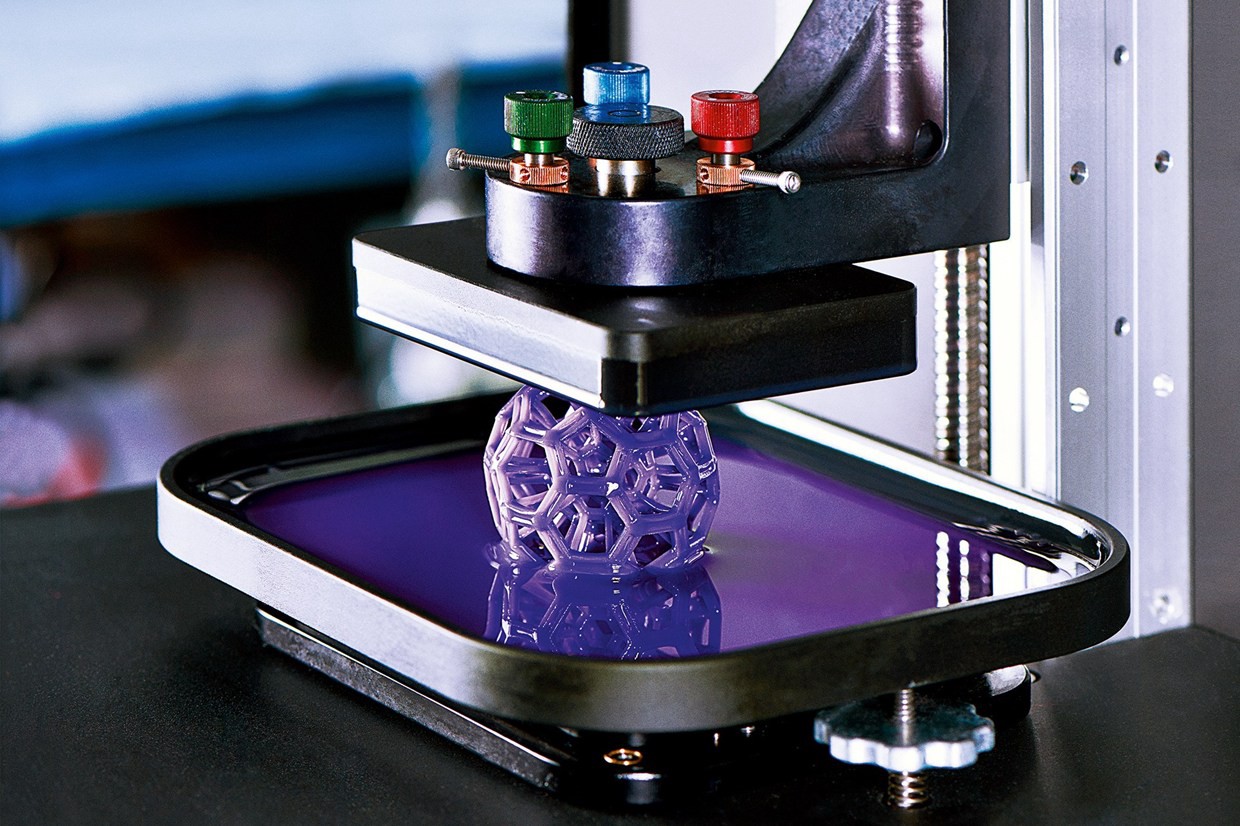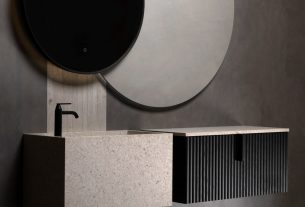What are the various technologies used in 3D printing? To understand this process, you need to know what they do. Resin, Fused deposition modeling (FDM), laminated object manufacturing (LOM), and Electron beam melting (EBM) are all 3D printing methods. In this article, you will learn about each one and why it is so popular. We will also discuss the advantages and disadvantages of each technology. If you are looking to hire 3D printing companies in UAE, this information can helpful for you.
Resin 3D printing:
If you’re interested in 3D printing, then you might want to investigate the technologies available for resin. Although resin printers are becoming more common, there are some differences between them. For starters, resin printers use different methods to cure the resin. Several methods are available, but they all rely on UV light to cure the material. These methods differ in the quality of the finished product.
Fused deposition modeling (FDM):
Fused deposition modeling (FDM) in 3d printing is a rapid prototyping process used to create complex objects such as medical devices, industrial tools, and automotive parts. FDM has its pros and cons. The biggest benefit of FDM 3D printing is speed. A part can be printed in a few hours with this process, making it an excellent choice for small and large-scale production. However, its cost-to-size ratio is also a drawback.
Laminated object manufacturing (LOM):
Unlike the extrusion-based method, LOM uses a machine that deposits layers of laminated material on a printing bed. The layers are then bonded together. The process allows for the creation of a variety of different objects, including prototypes, parts, and tools. Because the process does not use any harmful chemicals, LOM is a good choice for environmentally conscious prototypes. Additionally, LOM can be used to produce parts with a low-cost material budget.
Electron beam melting (EBM):
An electrical beam melts material in the presence of an electric current. This process is often used to create metal parts. It supports a variety of materials, including stainless steel, copper, titanium, and various alloys. EBM is an excellent choice for 3d printing because it can fuse even the toughest materials in a short amount of time. It’s also faster than other additive manufacturing processes.



